By Ian Williamson and John Stapleton
Surrounded by nature reserves and national parks, Wonboyn Lake is a spectacular waterway nestled within the absolutely beautiful wilderness of the far south coast of New South Wales, Australia.
Encircled by forests and remote beaches, Wonboyn Lake is known as a fisherman’s paradise. Seals swim in the saltwater lake.
The village of Wonboyn boasts a permanent population of some 100 people, varying through the seasons. The lake is situated between Ben Boyd National Park and Nadgee Nature Reserve.
Ian and Munlika Williamson own a property fronting the lake, with their own jetty, oyster lease and extensive gardens. It is a unique property that reflects decades of hard work.
An active member of the local Rural Fire Service, to this day Ian mists up when he talks about the extraordinary fires of January, 2020, which devastated huge tranches of the South Coast. The couple came within a whisker of losing their beloved home.
Below is a summary of his and his wife Munlika’s experiences and the lessons learnt.
This fire was the big one. The one we have been saying would come. Not if but when. And it came from Malacoota in the south through Nadgee Nature Reserve, through the forest towards Imlay Road and along the Princes Highway. Munlika and I decided to stay and defend our house.
For a fortnight we had been watching the fire as it burned through neighbouring national parks and forests. We were not sure if it would come but were preparing in case.
We eventually saw it coming on the afternoon of 4th January. Big red glows in the sky. Ember and burnt debris attacked; and by mid afternoon the sky turned very very dark, basically black. It was on its way.
Many in the Rural Fire Service Headquarters felt that Wonboyn was “lost”, with all assets being pulled back to Eden, a small town 30 kilometres away. The fire approached Eden and it was also evacuated.
Twenty one people stayed and defended their homes in Wonboyn, of which nine were active Rural Fire Service personnel. About 15 stayed on the other side of the lake in North Wonboyn.
Interestingly, Wonboyn Lake did not stop the fire on the night of the 4th and morning of the 5th January. The fire just spotted across the lake and kept on going. The lake barely slowed its devastating progress.
About midday on the 4th the RFS members met in the fire shed. It was agreed no trucks would fight the main fire front and would be kept in reserve for protection and mopping up once the fire front passed. Everyone was to return to their properties to protect them however we were all in constant radio contact.
The sky became dark at 3.40pm on the 4th. Burnt embers started falling about 4.0pm.
On the night the fire seemed it came from the South. We saw the sky going red towards Nadgee at 9.25pm. By 9.43pm fire was raging along between the lake and the beach towards Baycliff.
It got bigger and bigger heading along through the melaleuca woodlands, sometimes known as tea trees. Like eucalyptus, they provide particularly good fuel for out of control fires. The fire then came from the south towards the village but evidently slowed when it hit the control burns put in by the RFS in the previous year.
By 1.00 am on the 5th the fire was getting bigger and heading towards the village. One house on the lake to the east was on fire. By 2.23 am it was burning in our place and by 2.30am had moved into the neighbours place to the North West where another shed and house burnt.
By 5.00 am the house and shed on our immediate neighbour to South was on fire as was the house opposite us. I extinguished the fire on our neighbours house twice.
After the fire the landscape was like the photos after the atom bomb hit Hiroshima in WW2. As far as you could see black rolling hills and black trunks of trees. But we survived and protected our house and sheds but lost fences, electricity poles, the orchard enclosure and lots of little things like fire fighting hoses, house hoses, outdoor furniture, lots of fire wood and lots more like tank pipes which meant we lost a tank of water. Roof down pipes had to be quickly cut to stop embers entering drinking water. End result was that many downpipes needed replacing.
I must say that the insurance companies (ELDERS for property and NRMA for boat) were excellent.
We then spent nearly two weeks on our own generators for electricity. About the same time mobile coverage came back on. Hundreds of power poles had come down – four around our property. One fallen power pole and power lines blocked our front entrance for about 10 days. The good news was we saved our house and sheds (just). Trees came down on our road to our boat shed (which residents and the Army helped me clear).
There were many lessons from our experience that I thought were important before time clouds the memory. More than three weeks on we are coming down from an adrenaline hit and thought it time to record some lessons for future generations. We are trying to get back to the “new” normal but surprisingly every now and again a tear appears?
On the other hand Munlika was stoic and very practical. Her words not mine: “It was only a fire!”
Anyway I thought it important to write down the lessons we leant and what we should do in future. Recognising that we went through the Black Saturday fires of 2009 in Victoria and saw houses burning and exploding all around us. Within a few kilometres of us several people died. So when we moved to Wonboyn we wanted to be prepared for “the big one” that everyone said would come – just not sure when.
Some lessons and improvements for the future.
But first some lessons I penned and posted on WhatsApp while sitting in the fire bunker while the fire ball passed. Interesting what came to mind. I needed something to do while sitting in the bunker.
“Wetting down houses, sheds and gardens saves assets. Assume power and mobile coverage out for days or weeks. Need good generator and spare fuel. All petrol fire pumps and generators did not miss a beat. Diesel assets can’t be started by hand! Safe rooms and bunkers great. Remember you are in and out watering down, putting out embers and spot fires and checking the house, sheds etc every few minutes. Windows and doors must be tightly shut and sealed. Windows facing fire should be covered. I use plywood. Satellite internet and generators allow communications via email and WhatsApp, especially voice. Generators essential for refrigerators, lights, TV, communications etc. Gravity water from higher tank means no pumps! Remember if you lock up and leave and electricity goes out then all food in refrigerator will quickly go off. Power poles and wires down everywhere.”
The Lessons Learnt After Some Thought
RFS experience, gear and network. Munlika and I joined the Rural Fire Service nearly 15 years ago. The training, experience and clothing have been excellent and gave us lots of confidence to face a fire. During the fire and the couple of weeks after the event the WONBOYN LAKE RFS Brigade team were amazing. They deserve a big thank you.
Monitor weather and RFS and CFA web sites. There are some great websites but they are often not current. Best idea is to keep watching the colour of the fire diamond on Fires Near Me map. Blue is an active fire “Advice”, Yellow is “Watch and Act”. Red is “Emergency” – that means the fire is almost on top of you. Too late to leave. Get safe!
Being part of a close and caring community. A big deal. Lots of help. Having the RFS fire shed as the focal point in the village is amazing. The fire shed is designated a “Neighbourhood Safer Place”. This gave it a special focus during the fire as a place of last resort. It is very well equipped with cooling sprays over the whole shed, a large generator, a communications room, a well equipped kitchen, showers and toilets. A helicopter landing pad.
After the fire it was a focal point to talk, share stories and a hug, take a shower or just be part of the community. The community had meals and many functions immediately after the fire to bring the community together. Simply, “the fire shed” and its facilities make Wonboyn a very special community. In retrospect I don’t think the village could have been better prepared for the fire.
Fire plan. Needless to say you need to be well prepared if you live in a fire prone area. It is not something that can be done one or two days before the fire. We have been preparing since the day we bought the property. But in the last two years we really got focussed. It literally takes years to prepare a property, to build a fire bunker. Set up fire pumps and connections to tanks. Make covers for windows. Put metal gutter guards on all gutters. Put in extra water tanks. Clear around the house. Organise generator and wiring for meter box.
You also need the short term Fire Plan. The one you activate on dangerous fire days or the day before the fire. You always have some warning! So there is the long term strategy and the short term strategy or fire plan. Stay and defend or leave early.
Fuel reduction. This is the critical activity. Remove anything around the house or sheds that can burn. Fire wood, mulch, bushes, trees, furniture and so forth. But the big one is to reduce fuel loads in the bush near your property, remembering fire burns quickly uphill.
In our case we cleared the undergrowth in front of our property adjacent to the water on either side of our boat shed and jetty. This was critical. Without doing this we would have definitely lost the boat shed and most probably the house.
A key aspect of minimising the fire impact on the village were the controlled burns and hazard reduction undertaken by the local RFS. The two burns east of Myrtle Cove were critical in slowing down the fire. While these areas burnt as did either side of my boat shed, they were cooler burns with tops of trees still green. We believe these RFS burns saved the village.
Much of the damage in the village came from the huge amount of fuel that was not reduced due to inaction or regulation, especially close to the lake foreshore along Myrtle Cove. The dense undergrowth 50-100m back from the waters edge along Myrtle Cove, except on either side of my boat shed, caused one of the worst fire balls that I saw on the night and was one of the main paths of the fire.
Unfortunately I had not cleared tea trees below my orchard, had left outdoor furniture there and had a large pile of split firewood. This all burnt furiously and unfortunately helped the fire.
Another important lesson is the absolute intransigence and often lack of real concern or action by the Bega Valley Shire Council for the residents of Wonboyn in reducing fuel around their properties.
The amazing efforts to protect the village during this fire owe little to the Council. For the most part they were obstructionist and at best less than helpful.
For 20-30 years the community cleared green waste around their properties and placed it in a large clearing on the North West of the cemetery. Twice a year the Rural Fire Service would do a training exercise with fire trucks, hoses etc to burn off the pile.
After many appeals, much fighting and incrimination Council closed the green waste tip and the burning off, claiming the smoke was a pollutant and environmental hazard. Needless to say forestry continued to undertake their activities over 1000s of hectares in adjacent areas that included burning off the residue. Council simply shrugged and said not their problem or responsibility.
The result has been that some residents had to put their green waste somewhere and many placed it illegally along fire trails and forest tracks. Needless to say the burning of this during the fire was not helpful in trying to protect the village.
Council does say green waste can be taken to the Eden tip, a 70 kilometre round trip, and have given out green bins that residents pay for, but for the most part this is ineffective and has not solved the problem.
Fire bunker. We built this after the Black Saturday fires in Victoria. We read everything we could about location, siting etc of bunkers and used the local Fire Captain to build it. Away from the house but not too far. Protected partly in ground next to a concrete water tank. Floor, walls and roof are all solid reinforced concrete with double skinned steel fire door and smoke seal. Shelving. Big enough for chairs, buckets, lots of drinking water, fire fighting gear, food, valuables, communications, torches, blankets.
It was amazing during the fire and worked as planned.
Before the fire season we prepared it and then did our last preparations the day before the fire. Munlika and I put on all our fire fighting clothes well before the fire arrived. She spent most of the time in the bunker. I was in and out every few minutes checking on the house and sheds, watering down, putting out spot fires etc. We were never in the bunker for more than 30 minutes with the door shut, but there is enough air for 4-5 hours if needed.
But the REAL benefit of the bunker is the confidence it gives you and the ability to get away from heavy smoke and embers for a break. Whatever happens or however vicious the fire becomes, we felt physically safe in the bunker. This made it possible to be calm with little stress during the whole experience, and not panic.
We entered the fire bunker about 6.00 pm on the night of the 4th January and stayed there until about 5.00 am the following morning, when we started walking around and checking spot fires and did some more hosing down.
What was not expected is that the fire kept burning in places where there was fuel for weeks. There were fire flare ups, some major ones that threatened properties, all throughout January and early February. It was not until the heavy rains that started on the 9th February that we could say the fires were out. Even as late as Thursday 5 February we saw large fires burning in Nadgee with the evening sky going orange, with four water bombing helicopters fighting the fire on 6 February. This was a full month after the initial fire reached Wonboyn.
Fire pumps, hoses, full tanks. Essential. These pumps need to be permanent. For water just a matter of starting the pump. Too late to be connecting hoses just before the fire. Also if there is a fire in a house or shed you need water within seconds not minutes or hours. Important to start and test pumps once a month.
Make sure the tanks connected to the fire pumps are full of water. This needs to be done weeks or months before. They need to be topped up during the fire season but in fact all the time in case of a house or shed fire.
Communications, communications, communications! Stress and panic comes from the unknown. Wow, how important was this. You must assume you will lose power and mobile coverage. Without communications you are literally in the dark. If you have generator power you may have internet but unlikely. In our case we were lucky to be one of the few in the village that kept our satellite internet. So we had full communications.
The RFS radios were superb and gave very good 24/7 contact. For communication with North Wonboyn we used our personal marine VHF radios using an inland waterways channel that did not interfere with local marine activities. I had contact using my RFS radio with our Captain, fire shed and through them to FireCom if needed and could pass on messages from North Wonboyn. For any group not in the Rural Fire Service you need to think through a set of base stations and hand held radios, noting marine radios are illegal for non marine purposes. Arguably the most important preparation. Without communications you may have fear, uncertainty, stress, panic and dangerous behaviour. PRIORITY #1.
Immediately after the fire and for about two weeks the only physical contact with North Wonboyn was by small flat bottom boat. I used my light 4 metre punt with 9.8HP outboard for many trips to the north side for communications, transporting fuel and to assist in firefighting. It was invaluable.
Cleaning gutters. Hosing down house and sheds, gardens and balconies. Very important. Just before the fire arrives wet the house and all around the house, lawn and gardens. Block gutters if possible and fill with water. During fire and immediately afterwards keep wetting down.
Leave nothing outside that can burn. Move all fire wood away from house. Remove all furniture, fire wood, combustibles from near house and sheds. Many houses burn because furniture or wooden balconies catch alight.
Shut and preferably seal all windows and doors. Very important. Double and triple check. It appears that one of our top windows was not fully closed. They are quite hard to turn and shut tight. Needless to say one of us did not fully close it, maybe open 10mm, and the amount of smoke, soot and fine embers that came in was amazing. We could have lost the house because of this. So close windows and double check.
Cover windows facing the expected direction of the fire front. I used structural plywood. Important. Keep wetting them down. During the fire storm the winds are very strong, maybe 100kph or more, and flying bits of wood, banksia cones etc can fly through air, break glass and enter the house and start a fire.
Generator(s) linked to the meter box. Essential.
In general terms, the more sophisticated the generator the more the chance to malfunction.
Three years after the fires I have refined my internet, and emergency and backup power. I have installed more solar panels and have added a 7.2 kWh battery. I have also converted my top shed with a large fridge, two large freezers, my charging station for lithium batteries and lights to a fully off grid system based on three panels and a 2.6 kWh battery.
I have also cancelled the NBN – for international readers Australia’s flawed National Broadband Network – and installed Elon Musk’s Starlink. I now have a 2.8 kw Yamaha Inverter generator for the main house and the existing 2.0 kw Honda Inverter generator. This is much more efficient and means I have two systems as a backup. Much less fuel.
Food and fuel stores. Important to have spare food and especially fuel. In our case the road out of Wonboyn was closed for over a week. Make sure you have 60-80 litres of petrol in reserve. An 8 kVA generator will use about 20 litres/day.
House gutters, down pipes and filters for drinking water. Clean gutters etc after fire to get out rubbish noting that carbon and soot will not affect drinking water. All down pipes should have flushing attachments as well as leaf and debris mesh collectors. We have a filter from the house water tank. Excellent.
Chain saws. Must have handy. But have all safety gear next to them. Before fire season make sure sharp and all set to go. Essential. You never know when you need them.
Buckets with water near strategic points. Often forgotten. Put buckets of water around house and sheds. A quick easy way to put out spot fires.
Any poles, posts, wood etc especially if vertical will burn. Need to cut them off with chain saw ASAP otherwise they just keep burning.
Split up assets like cars, boats etc. Put important documents and valuables in a safe place (fire bunker).
If you lose the house, plan for other sleeping options like a boat or boat shed. Remember roads will be closed for days or weeks due to falling trees, landslides, power poles and lines down.
There will be lots of support. Disaster relief from local authority, Centrelink, Red Cross, trauma psychologists, Federal Government assistance and more. The Army, Navy, Airforce, Police, Fire and Rescue. But what is evident is that many traumatised people don’t attend or read the handouts, they suffer in silence. So there needs to be some local proactive initiatives to contact these people. Also people who were evacuated can also be traumatised since not knowing can be worse than going through the fire itself.
From the first minute of the sky going dark I tried to keep a photographic and video record of the fire and the recovery.
We survived and our property remained intact for one simple reason, we were prepared.
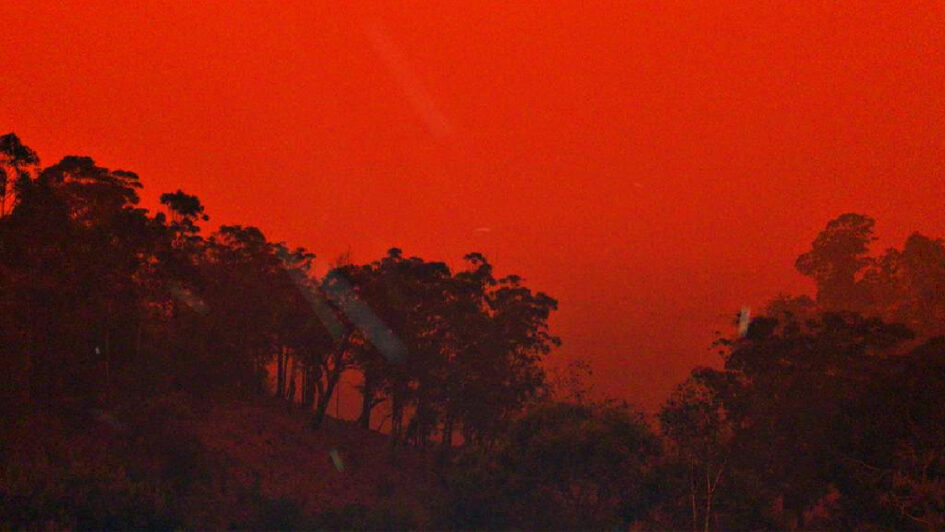
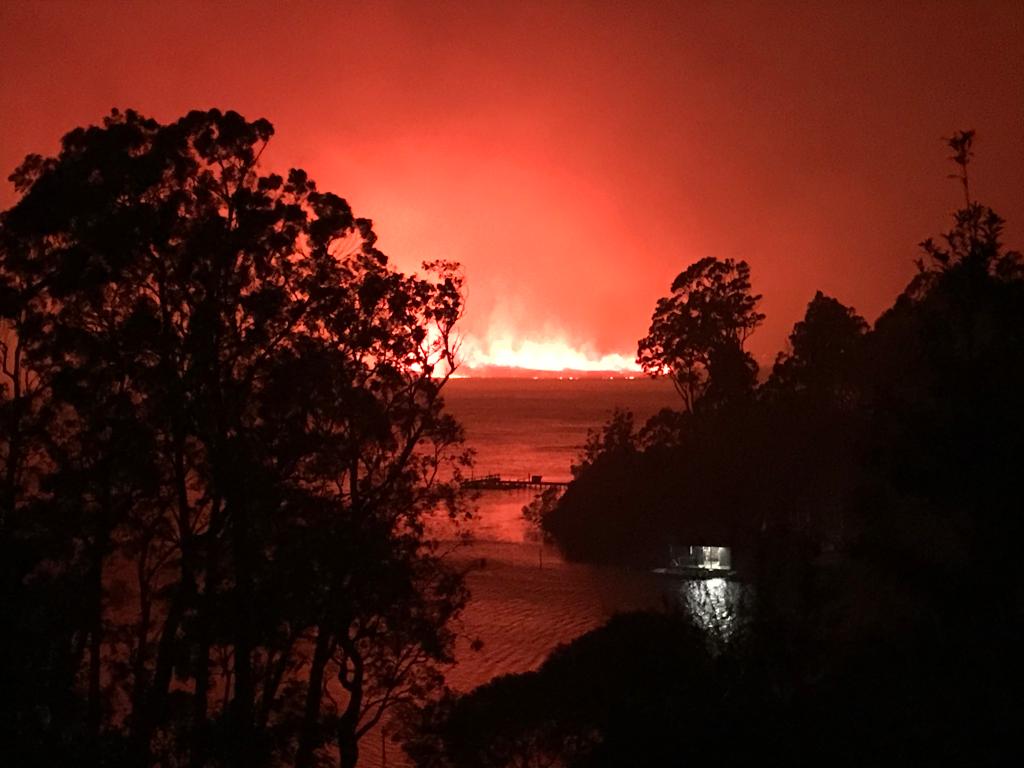
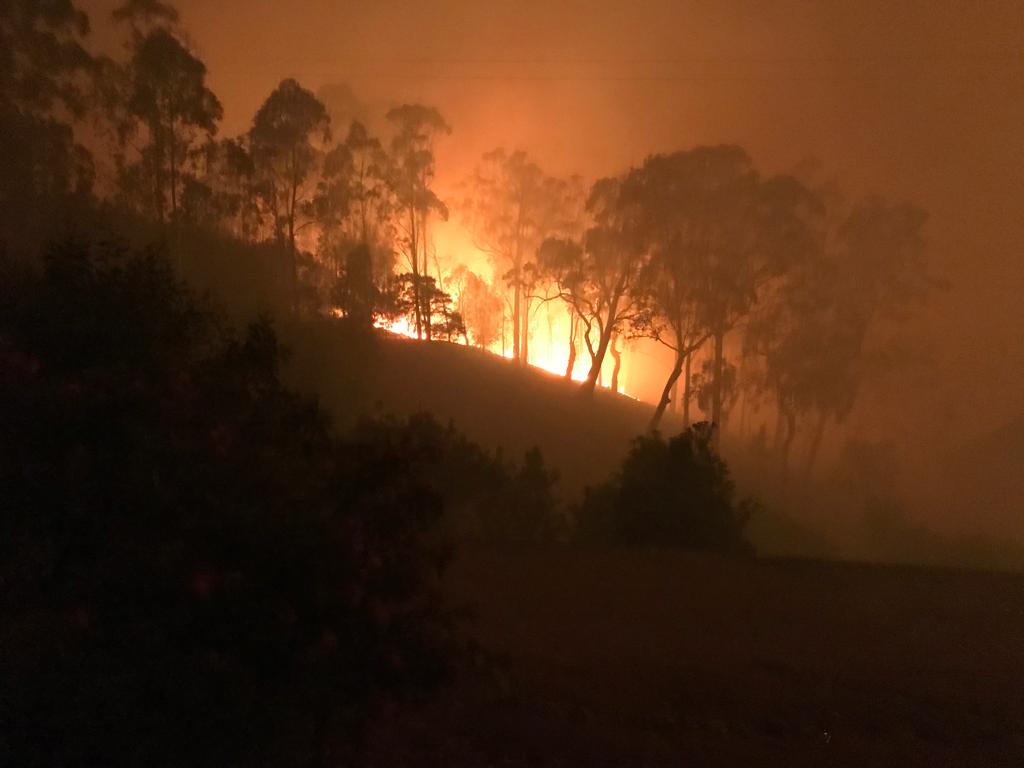
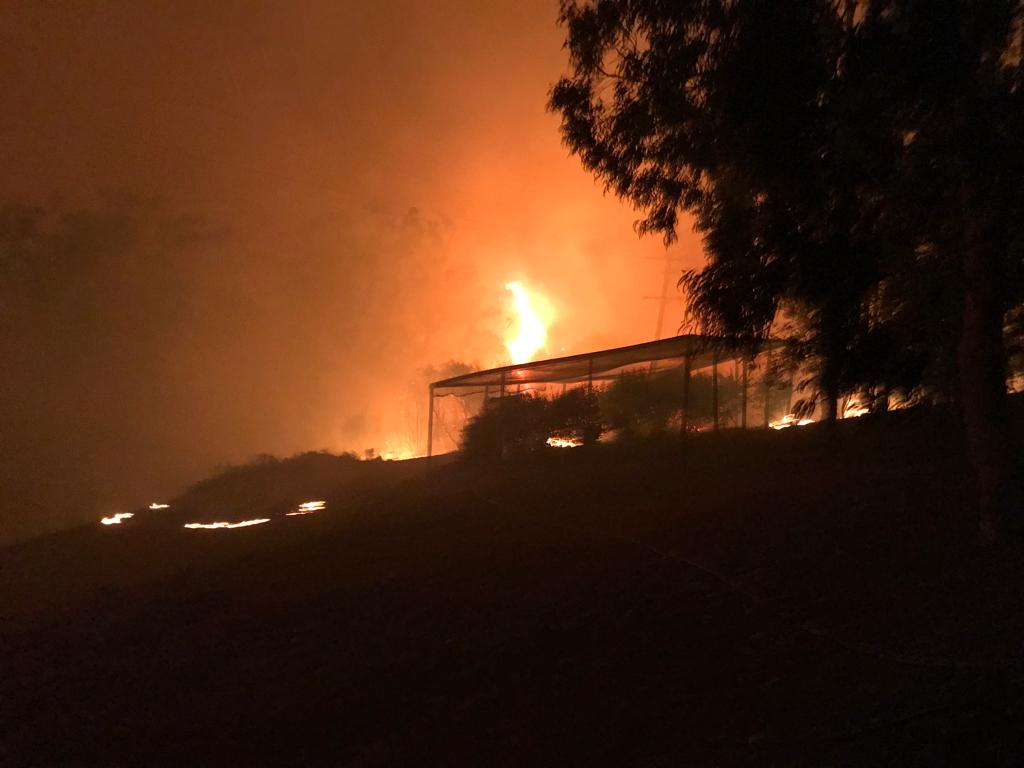



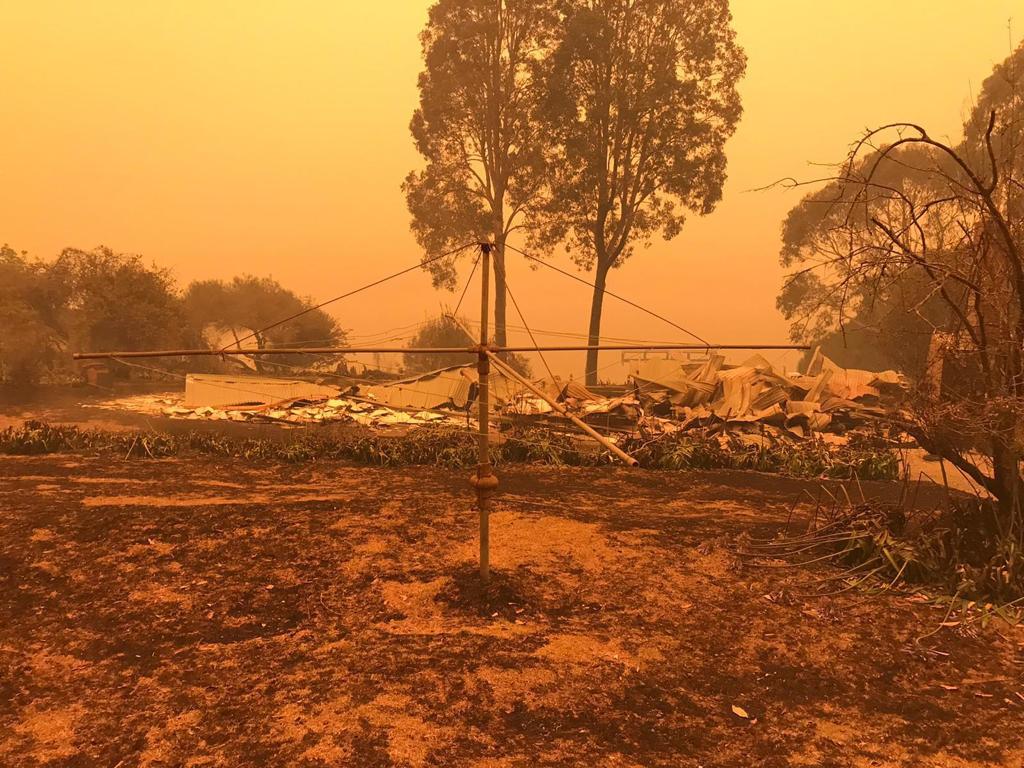
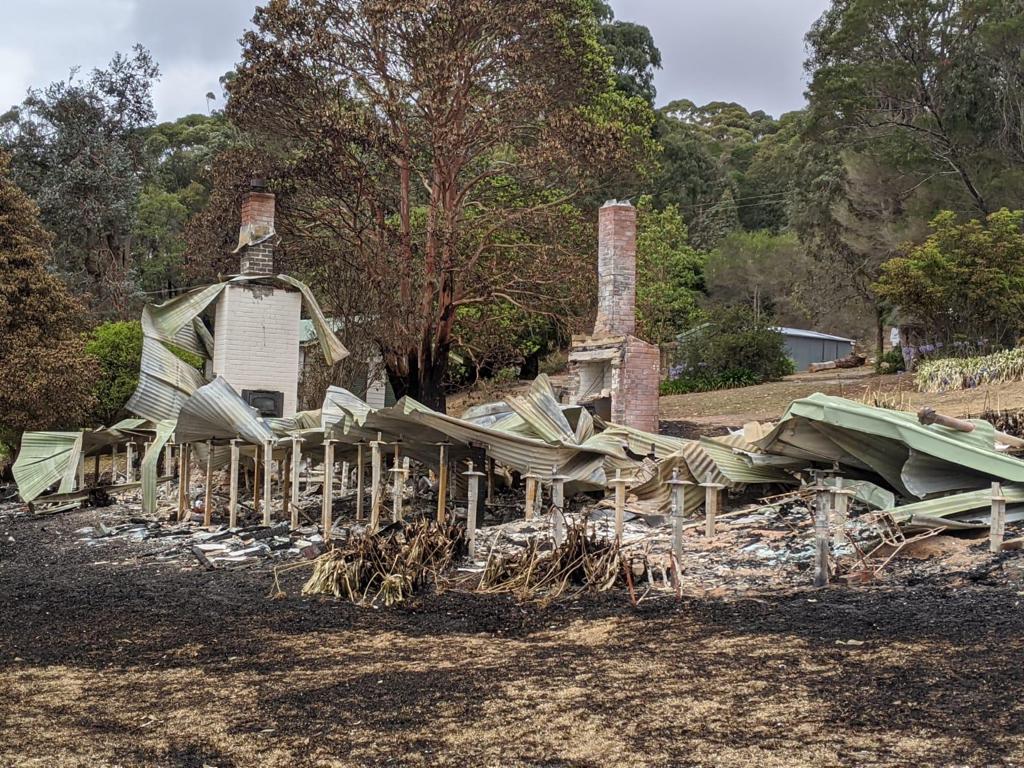

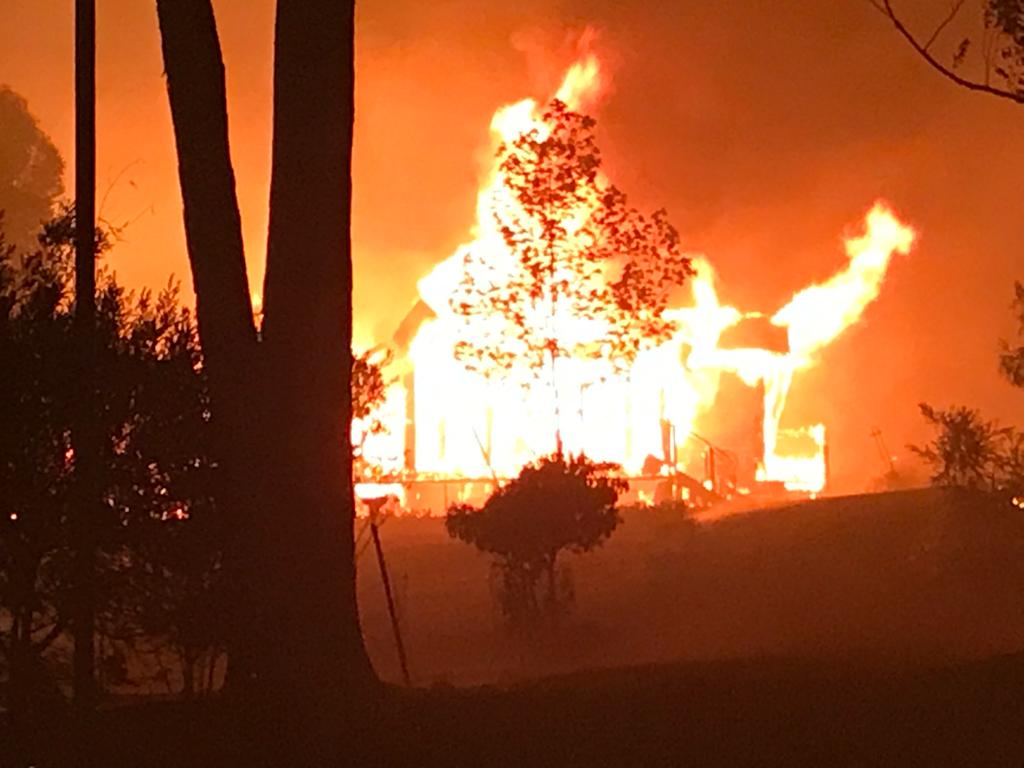
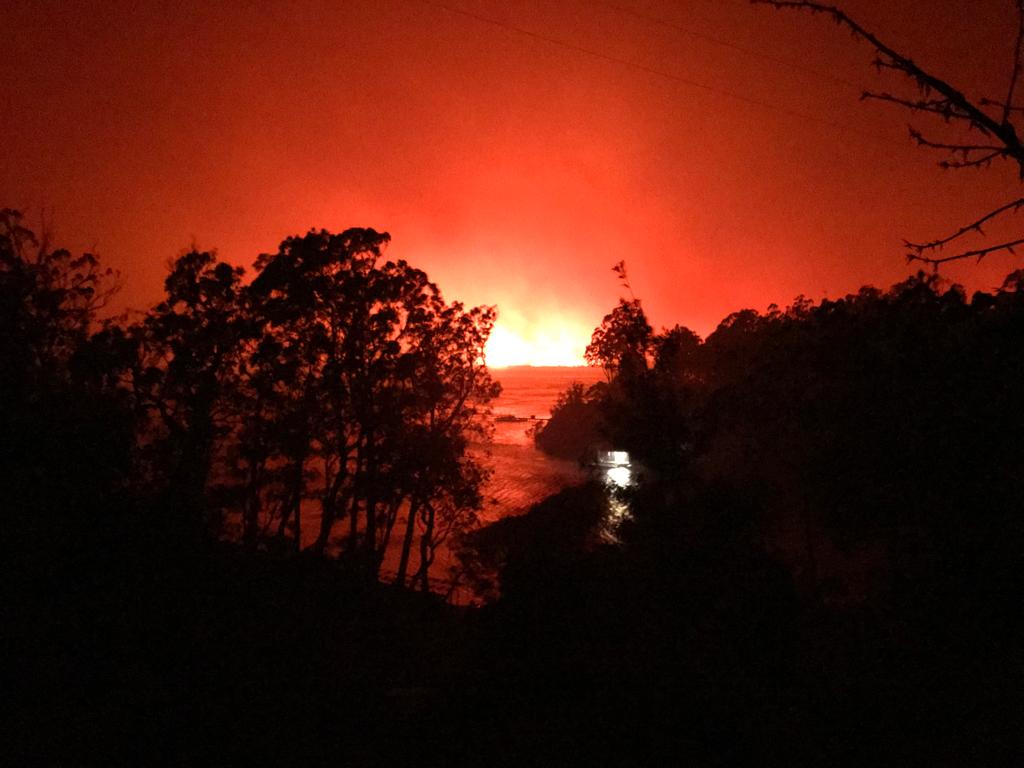
July 17, 2023 at 1:33 pm
This is an important post. Hopefully the lessons learned will be remembered but not have to be put in place again.
Well done Ian and Munlika.
July 17, 2023 at 2:38 pm
Well written Ian (Professor).
Certainly good advice and well thought out.
Cheers Tony